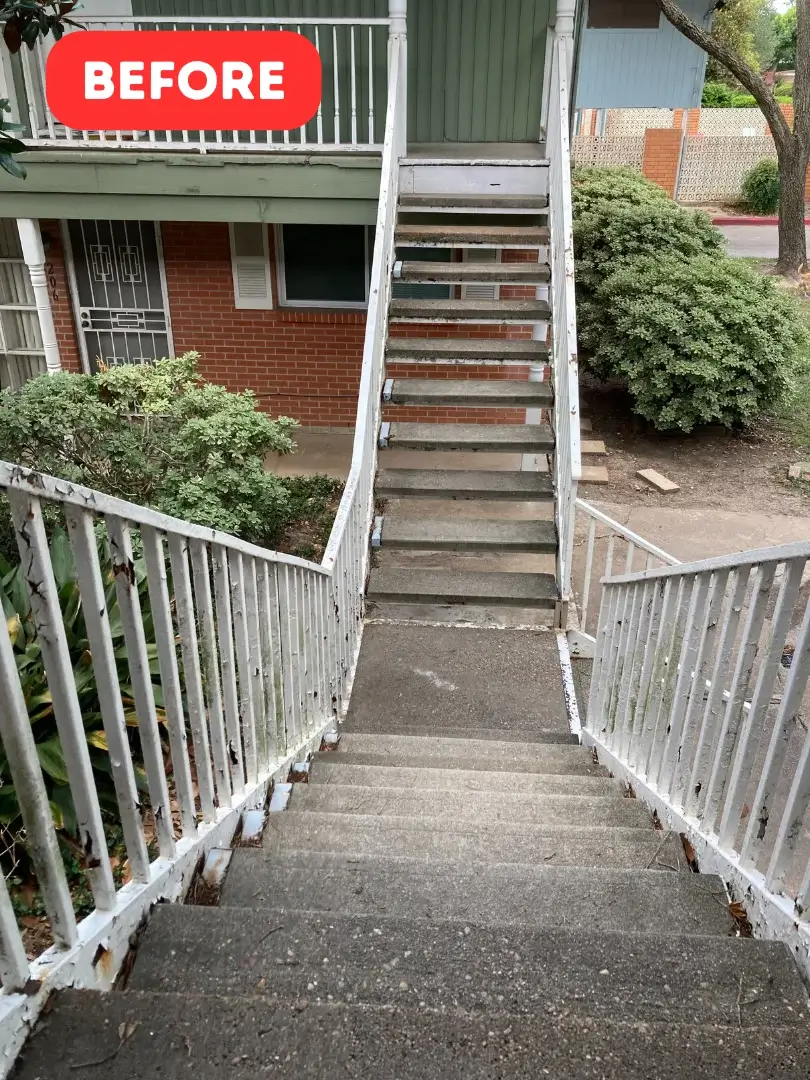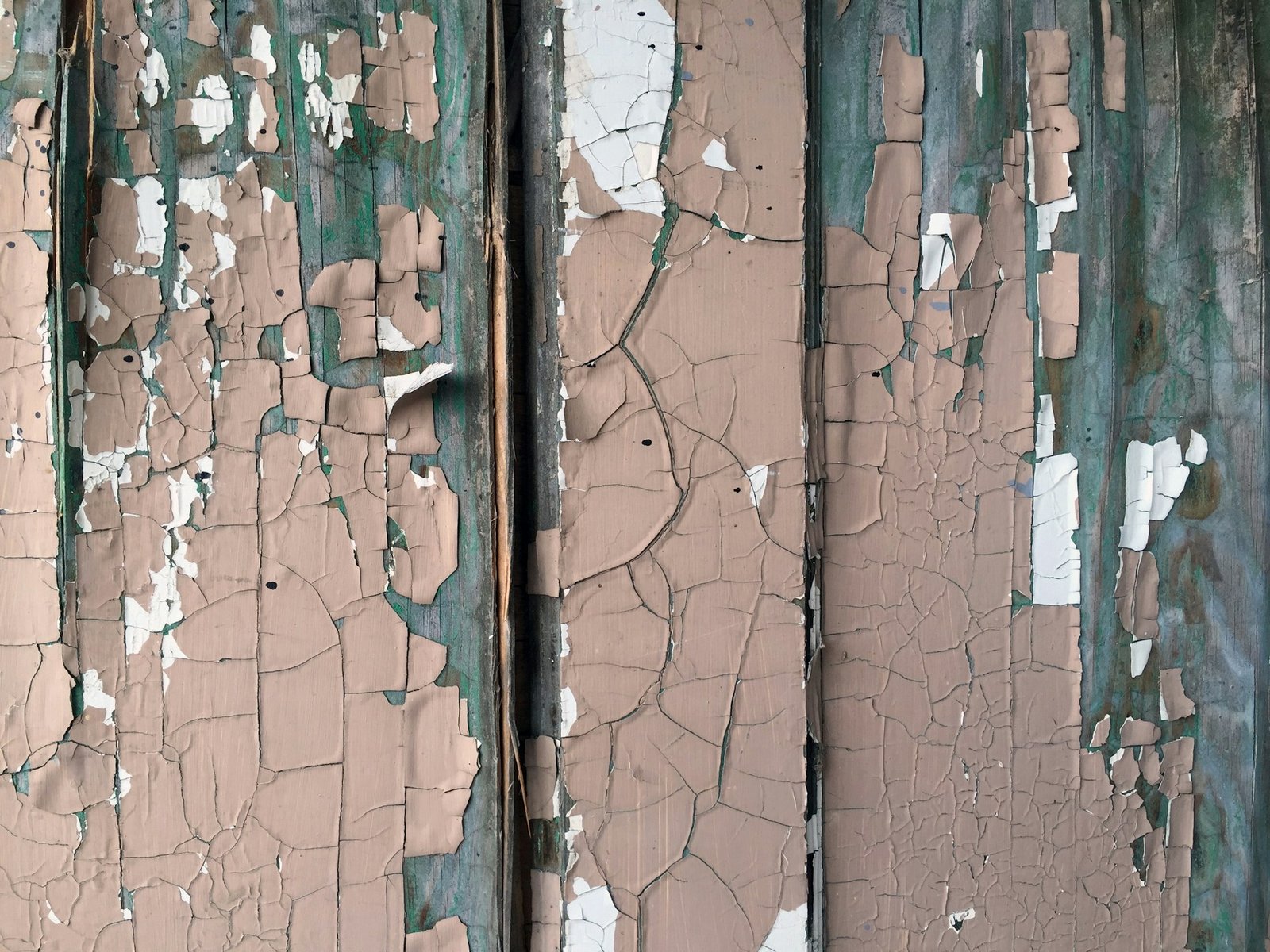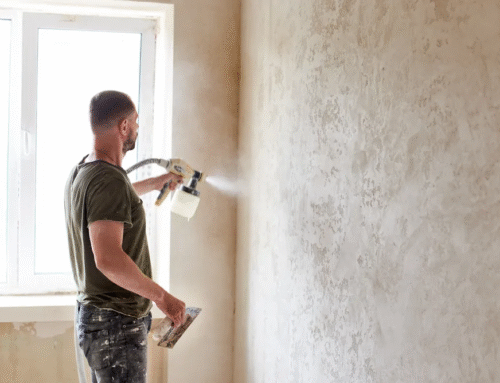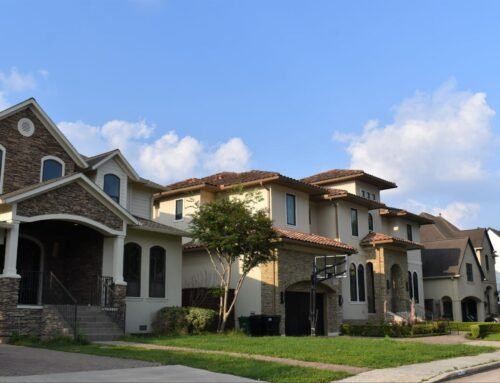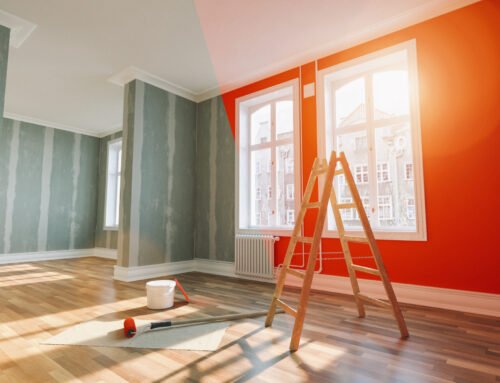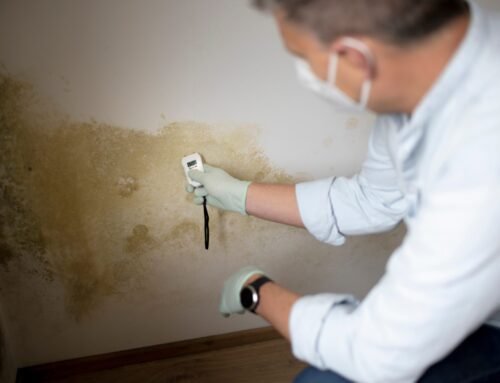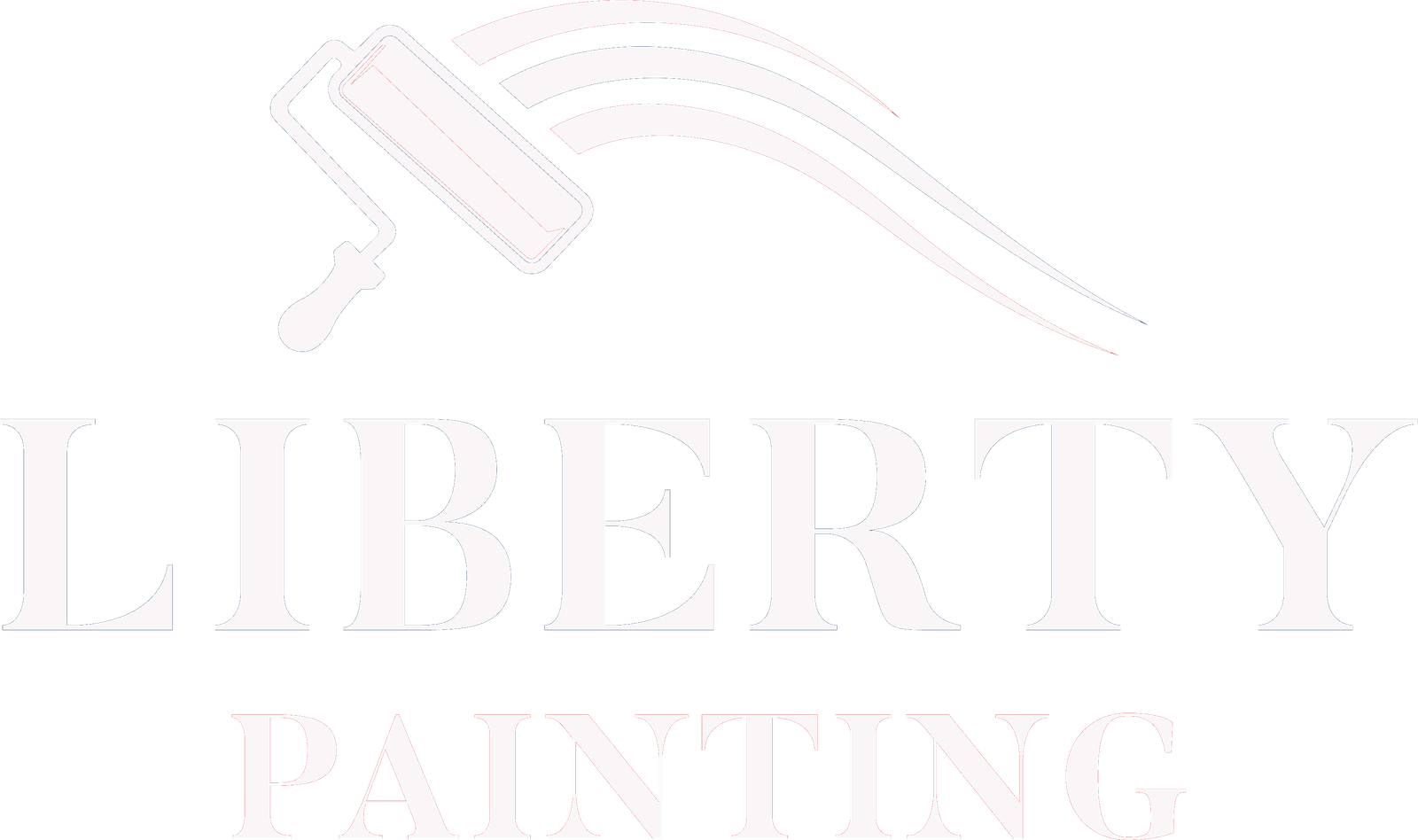If you look around your home, you might notice various problems with the paint, like cracking, chipping, and fading. Maybe your outdoor porch railing or steps could use some work, like the example above, or maybe you’re more concerned about fading paint on the interior walls. Wondering how to stop paint cracking? Worried about some caulking that has pulled away or gotten flaky? Seeing some uneven brush strokes or damaged paint surfaces? Trust the local experts at Liberty Painting. Here’s your guide to both exterior and interior paint problems and solutions.
Evaluating Paint Problems
When it comes to your home, there are a wide variety of problems with paint you could experience. You might have severe cracking or breaking in your paint, or there might just be a few spots of paint fading on the wall. Small details like door restoration, ceiling texture, and wood restaining are great ways to make a huge positive impact in a space. And if you’re looking to sell your home, you may want to freshen up your exterior paint before your home hits the market—even if you don’t see any huge cracks or peeling parts.
How do you know if a problem with paint is enough to need fixing? It takes a careful eye to know what’s just minor and can afford to wait for a few months and which cracks or problems need to be fixed immediately. In your assessment, slow down and look at each surface. Is there any peeling, cracking, or fading paint? Expert painters can inspect your home inside and out for problem areas.
How to Stop Paint Cracking
Cracking can be one of the most obvious—and most annoying—problems with paint that you can experience. There are several aspects that go into proper maintenance of your home’s exterior and interior, and it helps to know some basic tricks and tips, including how to stop paint cracking. Properly cleaning and prepping surfaces for paint, such as by removing wallpaper and caulking any gaps or holes, can help ensure a smooth application. Painting in favorable weather conditions with paint compatible with your project can help prevent unsightly cracks. Be patient! Allowing the paint to dry before each new coat can also prevent problems down the line.
Periodic maintenance and inspection as well as routine cleaning and regular repainting are necessary for all paint surfaces. You can, of course, attempt to paint your own home, but it’s highly recommended to hire professional painters to ensure the highest quality in each aspect of the paint job.
For preventative measures, it’s important to recognize that sometimes surfaces aren’t actually damaged—they’re just dirty! Some problems with paint can be solved with just a good clean-up. Especially for exterior surfaces, it’s important to thoroughly wash before starting a painting or repair project. You have to remove dirt and grime, but also mildew and mold. Often, pressure or power washing is the best for this aspect of paint prep.
My Paint is Peeling: What Can I Do?
So you have an obvious problem with your paint: it’s peeling. But why is your paint peeling? Here are some questions to consider:
How long has it been since this surface was painted?
If it’s been a few years, you’re likely looking at a situation where a complete redo of the paint job is your best bet. One of the reasons it’s best to know the lifespan of your paint job is because peeling paint can be a sign of other underlying problems, including mold growth. You may also see blistering, bubbling, discoloration, fading, cracking, mildew, and even damaged or rotten wood on applicable surfaces.
Has the paint been exposed to the elements?
Especially here in the greater Houston area, our homes are exposed to a range of weather conditions including rain (and sometimes snow), storms, UV rays, humidity, and extreme temperatures. Weather can damage or affect the exterior paint on your home, including doors and railings. A good exterior paint job not only looks great but also protects your investment against our constantly changing climate. Many of the problems with paint we see the most are caused by the weather.
Most cases of paint peeling call for a repaint, especially if it spreads. If you decide you want a quick spot fix for your peeling paint, this is best for only a small section. A scraper or sandpaper can remove the peeled paint. Then, a damp rag can wash away excess debris. You’ll need patching material next, applied in a thin layer using a putty knife. This should work to cover the peeled spot after it dries. This kind of fix is sometimes temporary and often noticeable, though, especially if nearby areas are at similar risk of peeling or developing other similar problems with paint. It’s best to hire professional painters to repair any damage and provide an extra layer of protection against the elements.
How Long Should Paint Last?
One of the biggest problems with paint? Getting it to last! Worried that your paint is already fading (or cracking, or peeling)? This can happen for several reasons, including:
- Paint was of inferior quality.
- Proper preparation and cleaning steps were not followed during the painting process.
- Paint was not sealed correctly or doesn’t have a strong enough top coat.
Paint doesn’t always fade or discolor equally. Some colors of paint won’t last as long, even if you use a high-quality brand. We recommend a consultation with our experts at Liberty Painting to help you select the right colors when it’s time for a new paint job. We provide a 3-Year Happiness Guarantee! Our paint jobs will last at least that long without cracking, fading, or other damage. We pride ourselves on attention to detail in every aspect, from the proper preparation to the long-lasting finish.
Fixing Your Problems with Paint
As part of the repair and preparation process, you may need to do the following:
- Scrape off old paint
- Fill in cracks or holes with caulk or filler
- Sand any rough surfaces
After taking steps for this proper preparation, you should have a smooth base that will work for the painting portion of the project. Next, surfaces need to be primed and then painted systematically using a high-quality enduring exterior paint and sealed with a topcoat before the project is complete. This, of course, hasn’t taken into account all the proper tools, equipment, and techniques. Different tools will be needed, for example, if you’re focused on learning how to stop exterior paint cracking rather than touching up fading paint on the interior walls. Interior paint problems and solutions are different from those of many exterior projects.
Trust the Pros
This list of interior and exterior paint problems and solutions is not comprehensive. Follow our general tips, and you’ll know what to look for and how to tackle it. Fixing problems with paint is best done by prevention, but your spaces require ongoing maintenance and protection. Trust the experts at Liberty Painting for your Houston-area residential painting projects. Contact us today!

